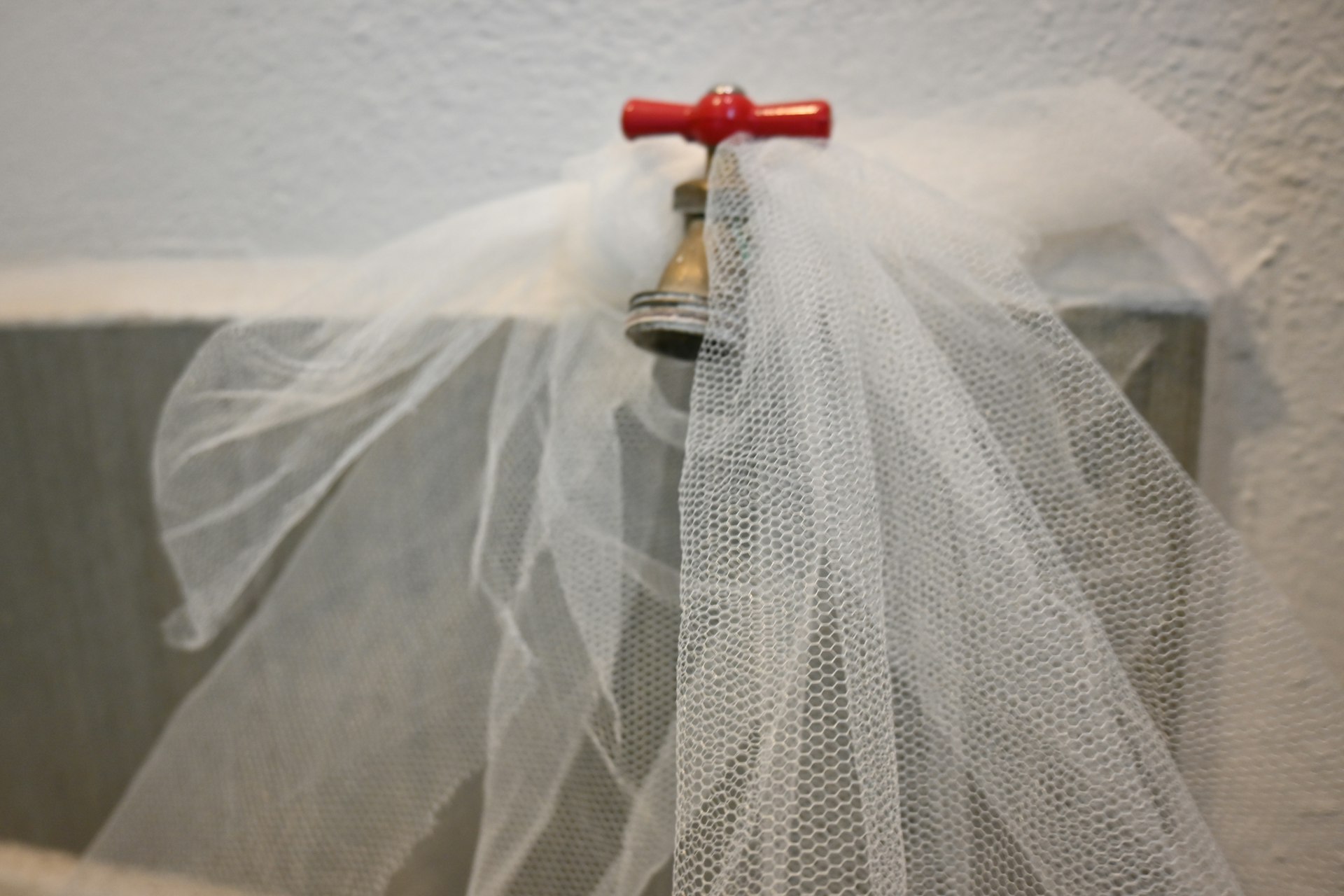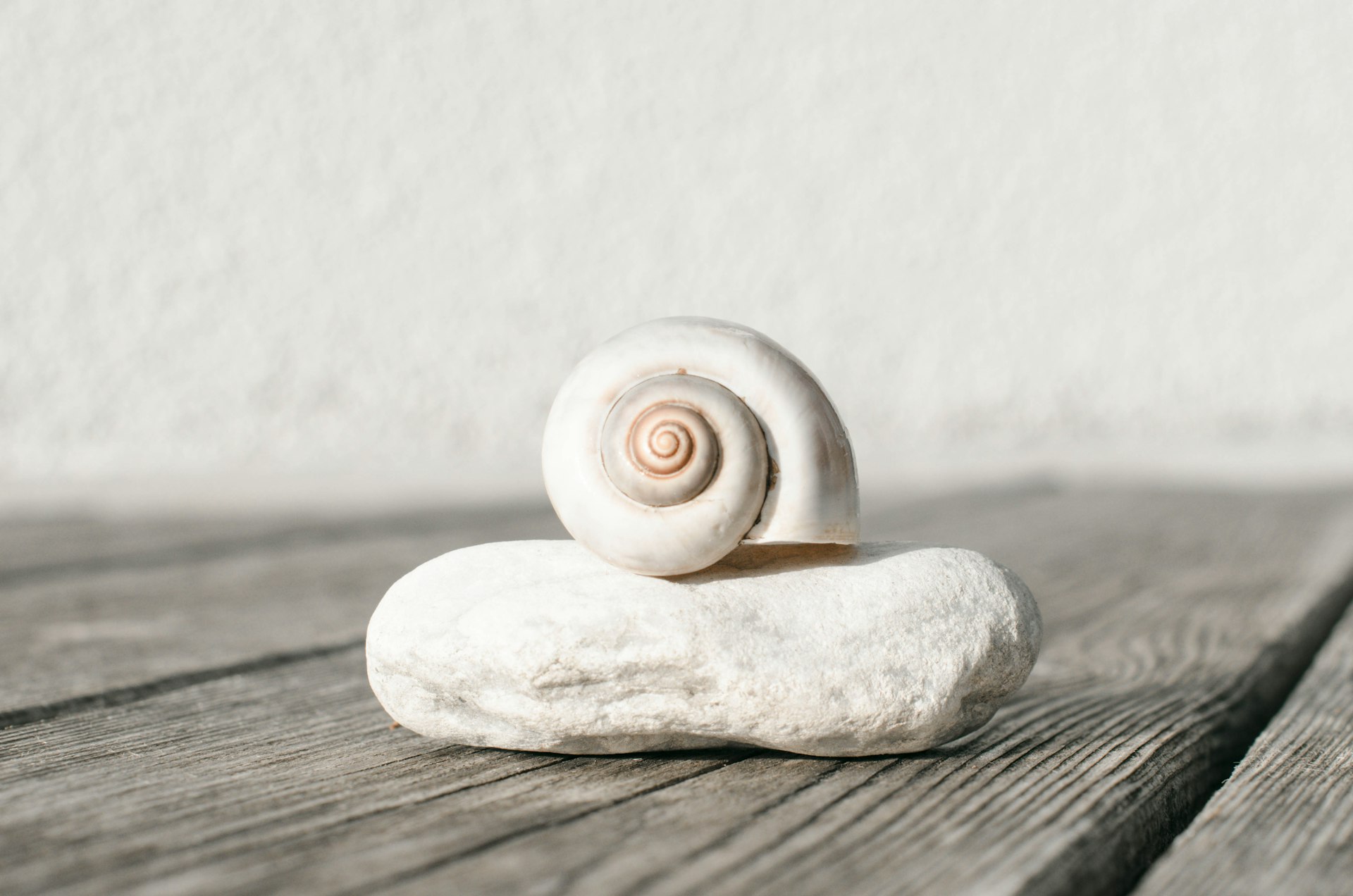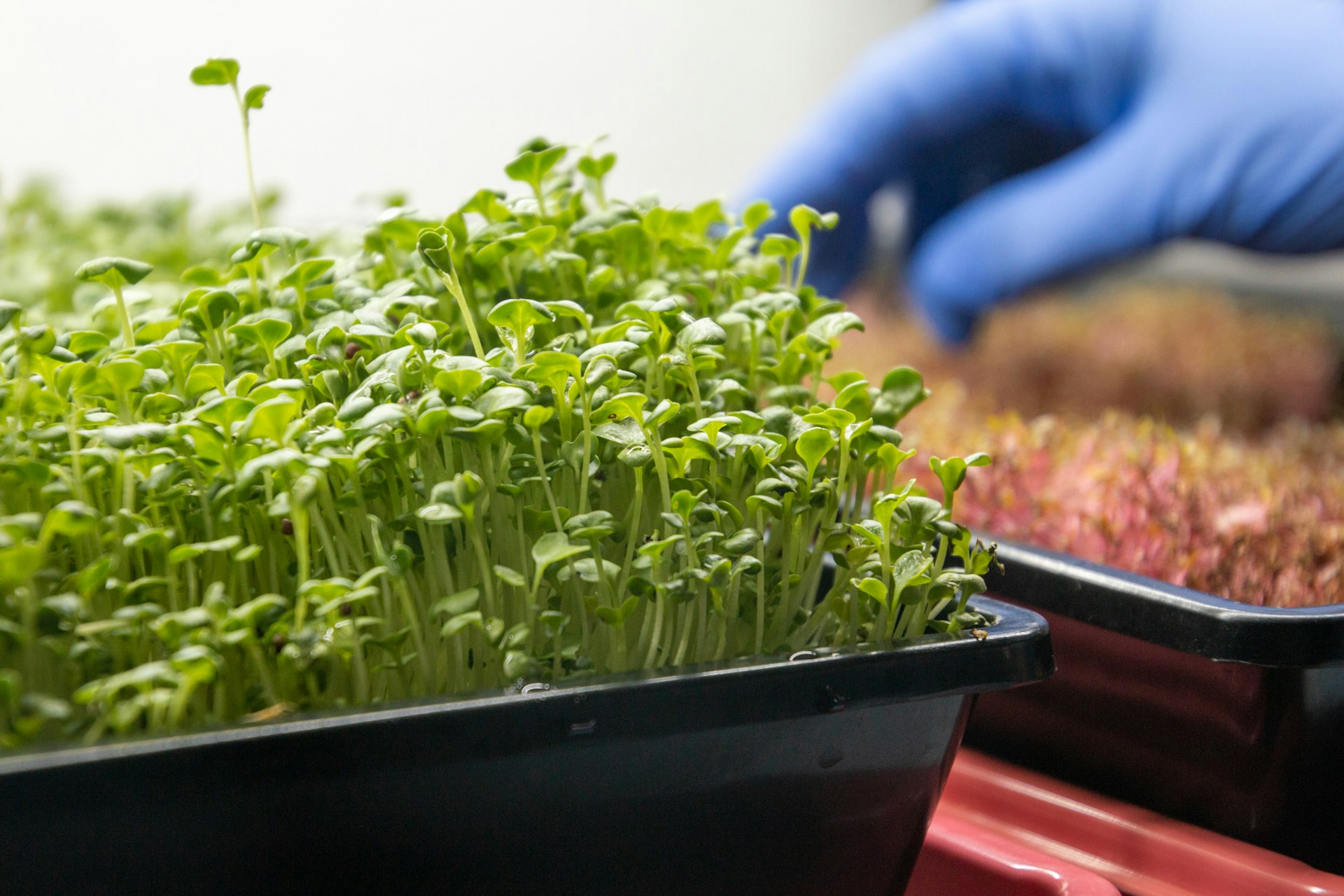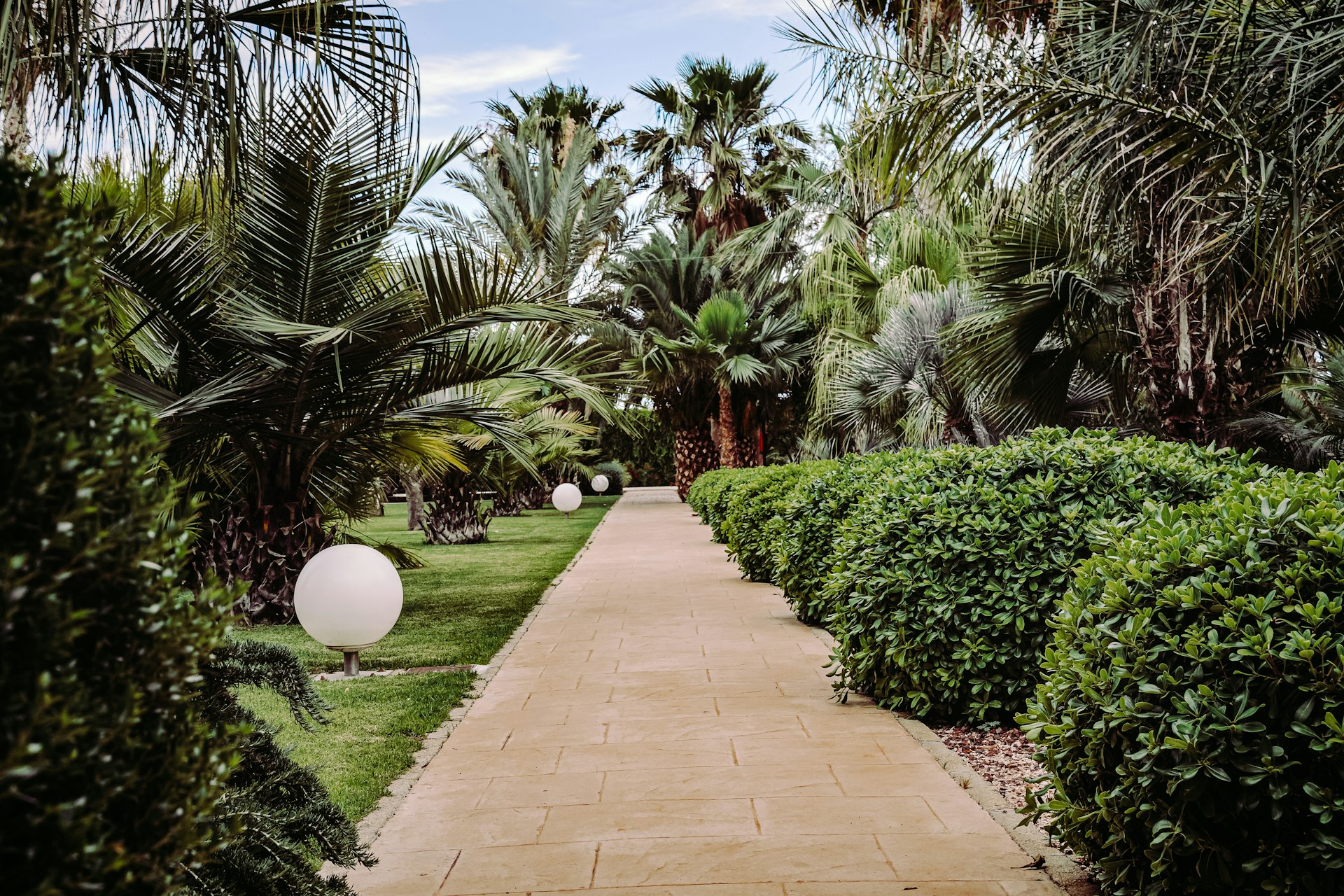Mastering Your Organic Indoor Herb Garden: A Complete DIY Guide for Fresh Flavor Year-Round

Photo by Ariane Frei on Unsplash
Introduction: Why Grow an Organic Indoor Herb Garden?
Cultivating an organic indoor herb garden offers a sustainable way to enjoy fresh, flavorful herbs regardless of the season or available outdoor space. Growing your own herbs indoors ensures you control the environment, avoid pesticides, and harvest on demand. This guide delivers actionable steps, expert insights, and real-world examples to help you set up and maintain a thriving organic indoor herb garden-even if you’re a complete beginner.
Choosing the Best Location for Indoor Herbs
Herbs require adequate sunlight to flourish. Most common culinary herbs-like basil, parsley, cilantro, mint, chives, and oregano-need at least six hours of direct sunlight daily. A south- or west-facing window is ideal, but if natural light is limited, supplement with a full-spectrum grow light to mimic sunlight. Ensure your chosen spot maintains a consistent temperature, ideally around 70°F (21°C), as most herbs prefer mild, stable conditions for optimal growth [2] [5] .
Containers and Drainage: Laying the Right Foundation
Select containers that are at least 6 inches deep, allowing enough space for herb roots to develop. Choose natural materials such as terra cotta, food-grade steel, or cedar, which help regulate moisture and avoid chemical leaching-important for organic gardening. Drainage is critical; always use pots with drainage holes to prevent overwatering and root rot. If your preferred container lacks holes, carefully drill several holes spaced 3-4 inches apart at the bottom. For creative options, mason jars or recycled containers can be used, but be sure to add a layer of small stones and perlite at the base to enhance drainage and aeration [1] [3] [4] .
Soil and Organic Growing Mediums
Use high-quality, organic potting soil to promote healthy plant growth. Organic mixes are free from synthetic chemicals and often contain compost, coconut coir, and perlite for moisture retention and aeration. It’s best to avoid garden soil, as it can introduce pests or diseases into your indoor environment. For hydroponic-style setups, layering activated charcoal at the base can absorb excess moisture and reduce odor or mold. Always check that your soil or substrate is peat-free if you’re concerned about sustainability [3] .
Plant Selection: Easy Herbs for Indoor Growing
Some herbs adapt better to indoor conditions than others. For beginners, basil, chives, mint, oregano, parsley, and thyme are reliable choices. Select certified organic seeds or starter plants to ensure your garden remains chemical-free. Many local nurseries and reputable online seed companies offer organic options. When starting from seed, follow packet instructions for planting depth and spacing. If using seedlings, gently loosen the roots and plant at the same depth as the original container, then water thoroughly [2] [1] .
Step-by-Step Guide: Setting Up Your DIY Organic Indoor Herb Garden
- Gather Supplies: Assemble containers with drainage, organic potting soil, small stones or perlite, organic seeds or seedlings, and a watering can or spray bottle.
- Prepare Containers: Add a layer of stones or perlite to the bottom for drainage. Fill containers halfway with organic soil.
- Plant Herbs: Sow seeds or transplant seedlings according to packet or nursery instructions. Top up with soil and gently pat down.
- Position in Sunlight: Place containers in a bright window or under a grow light. Rotate regularly so all sides receive even light.
- Water and Maintain: Keep soil lightly moist but never soggy. Herbs prefer slightly dry conditions over consistently wet soil. Water when the top inch feels dry to the touch.
- Feed Organically: Use a liquid organic fertilizer every few weeks during active growth to replenish nutrients. Follow product instructions for dilution and frequency.
For a visually engaging project, consider a mason jar herb garden. Place a 1/2 to 1-inch layer of stones at the bottom, followed by perlite, then organic soil. This approach works well for windowsills and small spaces, and can double as attractive kitchen décor [3] .
Care and Troubleshooting: Keeping Your Garden Healthy
Monitor your herbs for signs of overwatering, such as yellowing leaves or mold. If the leaves wilt or drop, check for underwatering or insufficient light. Pinch off flower buds to encourage more leaf growth, and harvest regularly to stimulate bushier plants. If pests appear, remove affected leaves manually or wash plants with a gentle stream of water. For persistent infestations, organic insecticidal soap may be used as a last resort, but always check that it’s approved for edible plants [2] [1] .
Harvesting and Using Your Herbs
Harvest herbs in the morning for the strongest flavor. Use clean scissors to snip off up to one-third of each plant at a time, allowing for regrowth. Most herbs reach peak flavor just before flowering. Use fresh leaves in cooking, or dry extras for later use by hanging small bunches upside down in a well-ventilated area. Store dried herbs in airtight containers away from sunlight for maximum shelf life [1] .
Expanding Your Indoor Herb Garden: Advanced Tips and Alternatives
Once comfortable with the basics, experiment with less common herbs like lemon balm, stevia, or specialty basils. Vertical planters and hydroponic kits are excellent for maximizing space in small apartments. If you wish to expand further, many local garden centers offer organic starter kits, and numerous online tutorials provide additional inspiration and troubleshooting advice. For specialty organic fertilizers and supplies, look for products certified by the Organic Materials Review Institute (OMRI) or consult with your local cooperative extension for region-specific advice.
Alternative Approaches and Adaptations
If you lack window space, invest in a small indoor grow light system, which can be found at major retailers or specialty gardening stores. Self-watering pots can help manage moisture for those with busy schedules. For those sensitive to indoor air quality, choose organic, peat-free soils and avoid plastic containers. If you prefer not to start from scratch, many garden centers offer ready-made organic herb kits that only require water and light.
Accessing Further Resources and Getting Help
If you need personalized advice, your local cooperative extension office is a valuable resource for region-specific guidance. Search for “cooperative extension office” along with your state or county. Many public libraries and botanic gardens offer free workshops or online classes on organic indoor gardening. You can also join gardening forums and social media groups for troubleshooting and sharing tips with fellow enthusiasts. For the latest research, consult university horticulture departments or the USDA National Institute of Food and Agriculture for organic gardening best practices.

Photo by Beyza Yılmaz on Unsplash
Key Takeaways
Starting an organic indoor herb garden is accessible, rewarding, and adaptable to any living situation. With the right location, materials, and ongoing care, you’ll enjoy a steady supply of fresh, chemical-free herbs throughout the year. Approach the process step by step, adapt to your space and needs, and don’t hesitate to seek out credible resources for continued learning.
References
- [1] Gardenary (2022). How to Start an Herb Garden Indoors.
- [2] Espoma (2018). Spice Up Your Life – Start an Indoor Herb Garden.
- [3] Pass the Pistil (2016). DIY Mason Jar Herb Garden.
- [4] Gardenary (2025). How to Grow Lots of Herbs in a Small Space.
- [5] YouTube (2021). Indoor Herb Gardens – The Definitive Guide For Beginners.
MORE FROM hotondeals.com













